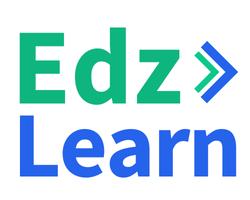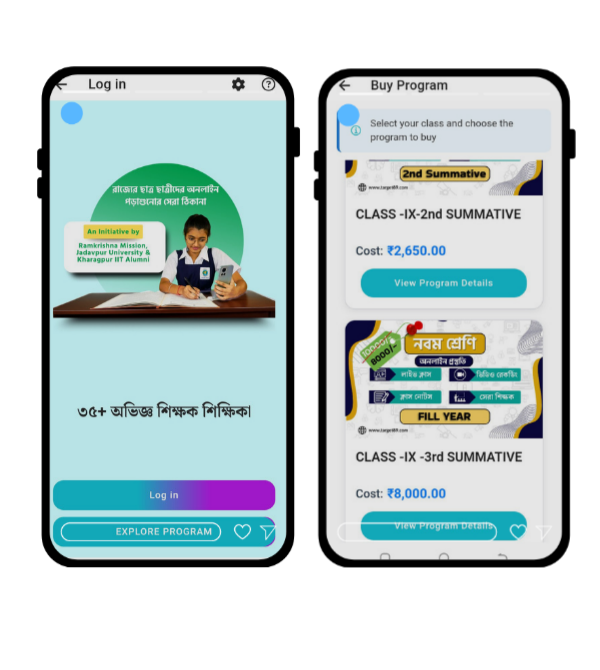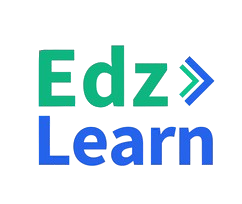1. Introduction
In the world of digital learning, not all experiences are created equal. Traditional e‑learning—static modules, pre‑recorded lectures, manual grading—has long been the default. But a revolution is underway. The advent of Artificial Intelligence (AI) is turning those one‑size‑fits‑all experiences into dynamic, personalized, and interactive learning journeys.
In this detailed comparison, we’ll explore how AI-powered e‑learning stacks up against traditional approaches across critical domains: personalization, engagement, assessment, content creation, analytics, scalability, cost, and user experience. We’ll offer real-world examples, discuss the benefits and limitations of each, and help you understand when—and why—AI is not just a bonus, but a game-changer.
2. Personalization & Learning Paths
2.1 Traditional E‑Learning
- Linear design: Every learner follows identical modules in the same order, regardless of prior knowledge or learning style.
- Fixed progression: No real-time adaptation; learners progress at the same pace.
- Limited feedback: Personalization depends on live tutoring or periodic check-ins—not part of most static courses.
2.2 AI-Enhanced E‑Learning
- Adaptive learning paths: AI algorithms adjust difficulty, depth, and sequence based on learner performance.
- Learner modeling: Systems maintain learner profiles including preferences, pace, scoring, and engagement.
- Hyper-personalized recommendations: Similar to Netflix, AI suggests next modules, micro-lessons, or practice based on individual data.
Example: Platforms like Khan Academy and Duolingo use AI to deliver precisely what learners need—in just-in-time intervals—boosting both engagement and retention rates.
3. Engagement & Interactivity
3.1 Traditional E‑Learning
- Static content: Primarily text, slide decks, or recorded videos.
- Low interaction: Few interactive elements; basic quizzes with delayed feedback.
- Motivational gaps: Learners may feel isolated or bored without gamified or responsive learning.
3.2 AI-Enhanced E‑Learning
- Chatbots and NLP: Natural language responses help learners clarify concepts at any moment.
- Gamification elements: Adaptive badges, leaderboards, and challenges keep learners motivated.
- Emotion-aware systems: Some AI models detect frustration or fatigue and adjust content or offer breaks.
Example: Coursera uses AI-driven discussion bots and adaptive quizzes to enhance learner engagement during live courses.
4. Assessment & Feedback
4.1 Traditional E‑Learning
- Manual grading: Essays and assignments are reviewed by instructors—often weeks later.
- Limited feedback: Often limited to correct/incorrect or a brief comment.
- Single‑format evaluations: Rely heavily on multiple-choice or defined answer types.
4.2 AI-Enhanced E‑Learning
- Instant feedback: Automatic scoring of multi-format responses, plus GPT-style commentaries.
- Unlocking insight: NLP identifies writing issues—grammar, structure, clarity—and offers improvement tips.
- Adaptive testing: Quizzes adjust to difficulty level based on responses, offering tailored evaluation.
Example: Grammarly-like AI features embedded in e-learning allow learners to get on-the-spot writing support.
5. Content Creation & Curation
5.1 Traditional E‑Learning
- Manual development: Instructional designers and SMEs create all modules.
- Fixed updates: New content or corrections are delivered through updates or revisions.
- High cost & effort: Multi-media production and subject-matter expertise are resource-intensive.
5.2 AI-Enhanced E‑Learning
- Generative content: AI tools can draft summaries, quiz questions, case scenarios, or scripts.
- Language localization: Instant translation across languages with cultural nuance.
- Automated tagging: AI classifies content for easier discovery and recommendation.
Example: Brands like EdzLMS leverage generative AI to rapidly generate draft assessments and translations.
6. Analytics & Learning Insights
6.1 Traditional E‑Learning
- Basic reporting: Completion rates, average scores, and registration numbers.
- Delayed interventions: Analytics become available too late for effective, timely support.
- Limited granularity: High-level metrics, little insight into learner frustration or behavior.
6.2 AI-Enhanced E‑Learning
- Real-time analytics: Dashboards show active learner sessions, struggling users, and engagement hotspots.
- Predictive modeling: AI flags at-risk learners or content issues before they escalate.
- Prescriptive nudges: Recommendations—automated reminders, re-routes, or tutor outreach.
Example: Purdue Signals helps reduce drop-outs through early detection and timely academic coaching.
7. Scalability & Human Support
7.1 Traditional E‑Learning
- Instructor-bound: Scaling means hiring more trainers or TA staff.
- Rigid schedules: Live webinars and office hours are time-bound and limited.
- Support bottlenecks: Help desks or email-based Q&A create delays.
7.2 AI-Enhanced E‑Learning
- Chatbots for 24/7 support: Instant help desk for navigation, content, or troubleshooting questions.
- Automated onboarding: AI agents guide learners into courses without manual steps.
- Smart support routing: AI escalates complex issues to human mentors only when needed.
Example: EdzLMS deploys smart chatbots to handle common queries—reducing instructor fatigue and learner wait time.
8. Cost, ROI & Efficiency
8.1 Traditional E‑Learning
- High production cost: Audio, video, SMEs, platform infrastructure.
- Recurring updates: Ongoing resource allocation for new content and revisions.
- Poor ROI tracking: Limited attribution between learning and business outcomes.
8.2 AI-Enhanced E‑Learning
- Faster, lower-cost content generation: AI drafts and updates reduce dependency on SMEs.
- Smarter spending: Data-driven personalization increases learner success rates, improving ROI.
- Trend-based budgeting: Predictive insights guide where to invest in new course development.
Example: AI Gamafications reduced SME drafting time by 40%, improving course cost/learner ratio significantly.
9. User Experience & Accessibility
9.1 Traditional E‑Learning
- Interface-centric: Navigated via clicks, taps, and static menus.
- Accessibility gaps: Requires UI navigation and visual-read comprehension.
- Limited alternative interaction: No audio or language-based options.
9.2 AI-Enhanced E‑Learning
- Voice-enabled support: Voice-first chatbots make learning accessible for all.
- Intuitive conversation design: Learners ask, “Explain topic X,” and receive a tailored, spoken or text answer.
- Multimodal learning: Options to listen, read, or practice—controlled by learner choice.
Example: EdTech platforms now offer voice-powered revision quizzes—ideal for multitasking environments.
10. Challenges & Considerations
10.1 Data Privacy & Trust
- AI requires data—behavioral, demographic, and performance-based
- Ethical data handling, transparency, and opt-in consent are critical
10.2 Technological complexity
- Requires machine learning infrastructure, model upkeep, and integration with existing LMS
- Maintenance burden: data pipelines, retraining, UI updates
10.3 Bias and fairness
- Models must be audited to ensure fairness across demographics and content
- Continuous testing to avoid reinforcing biases
10.4 Blended approach remains key
- AI augments, not replaces, human teaching
- Balance between automated personalization and empathetic human oversight
11. Choosing What’s Right for You
Are you ready for AI-powered e-learning?
- Large and diverse learner population? Go AI.
- Many live sessions and low interactivity? Consider a hybrid.
- Tight budget but want faster updates? AI generation helps.
What to watch out for:
- Align AI implementation with clear learning goals
- Pilot first before large-scale rollout
- Audit models for bias and effectiveness
- Train your team: AI is a tool, not magic
12. Conclusion
Traditional e‑learning planted the flag in digital education and continues to serve use cases where simplicity, structure, and clear processes are valued. Its strengths lie in static content delivery, predictability, and cost-effective replication. But it falls short when true personalization, just-in-time interactivity, and adaptive learning matter most.
AI-enhanced e‑learning, on the other hand, introduces intelligence. It adapts in real time to individual learners, offers interactivity and support whenever and wherever needed, and drives decision-making based on real data. From assessment to content creation, engagement to support, AI converts passive modules into living learning systems.
That said, adoption of AI-enhanced learning isn’t automatic. It demands careful design—data infrastructure, ethical foundations, instructional quality, and human oversight. But the payoff is considerable: better engagement rates, smarter training ROI, and learners who feel seen, supported, and successful.
As we look to the future, education evolves from content delivery to learning orchestration. It’s not just what learners consume—it’s how systems react, adapt, and grow with them.The real question isn’t whether AI is better than traditional e‑learning—it’s whether you want learners to feel smarter, stay longer, and learn deeper. If yes, the AI journey starts now.















